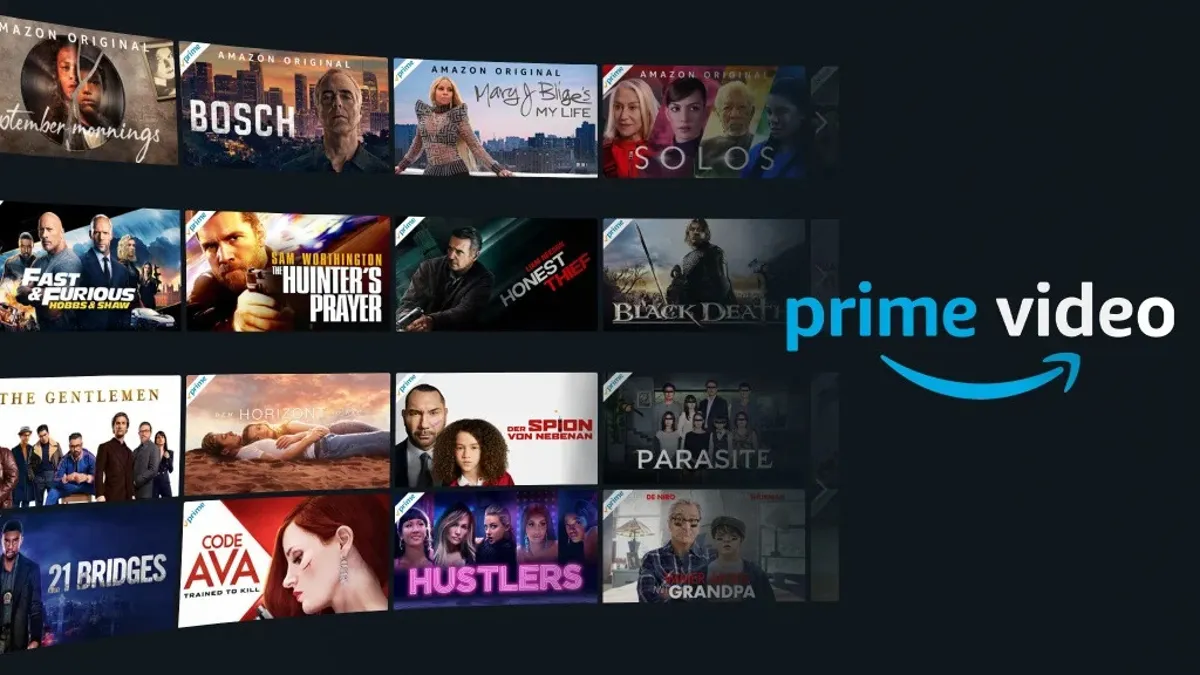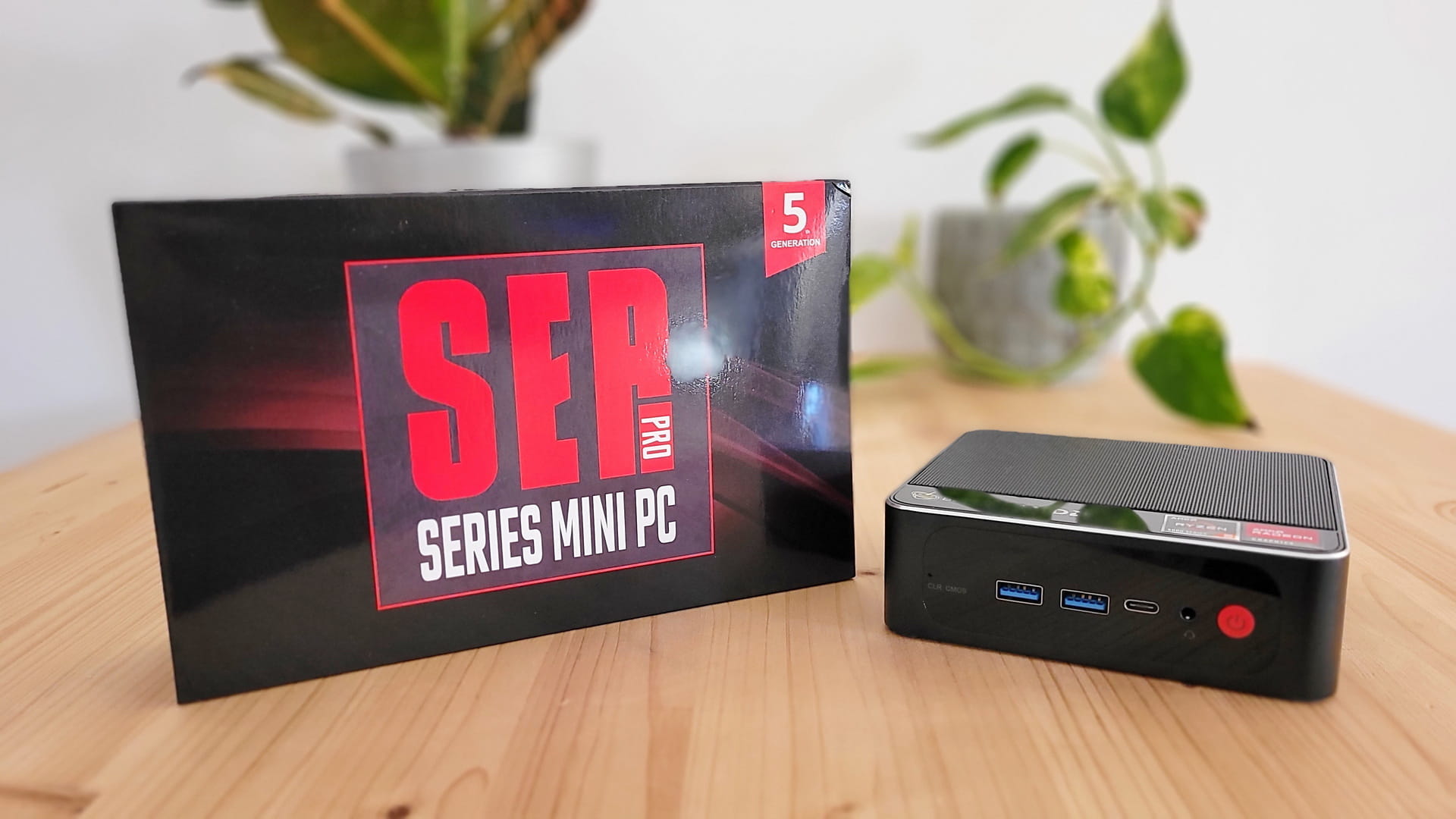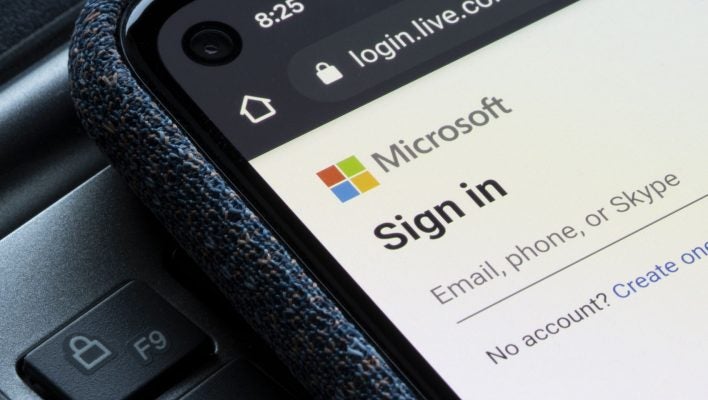Viewers will now see commercials in movies and TV shows — unless they pay a little extra.
Amazon rolled out ads in its Prime Video streaming service Monday, after announcing the change in September. This launch begins with customers in the US, the UK, Canada and Germany for early 2024, with France, Italy, Spain, Mexico and Australia to follow later this year.
Amazon said Prime Video will have limited commercials, noting that there will be “meaningfully fewer ads than linear TV and other streaming TV providers.” However, viewers in the US who want an ad-free experience can choose to pay $3 a month, and a no-ads option will be offered for other countries at a later time. In its initial announcement, the company said there are no plans to increase the current price of Prime memberships in 2024.
If you want to avoid watching ads, you can click the “Go Ad Free” tab in the app or web browser. For some mobile devices, you’ll notice a blue “Ad” icon with a line through it. Prime Video users may also see a pop-up window offering the option to sign up for the ad-free version.
Prime Video includes original TV shows and movies created by Amazon Studios as well as hundreds of other titles you can stream as part of your subscription. Prime Video subscribers can also add on subscriptions to Max, Paramount Plus, Starz and several other channels for an extra monthly cost. There are also movies and shows you can rent or buy on the platform.
Prime Video is included in an Amazon Prime membership, which costs $15 a month or $139 annually. It’s also available as a standalone subscription for $9 a month. CNET’s review of Prime Video says it’s a “really great included perk” with a Prime membership, but that it’s a weaker standalone service compared with other options like Netflix and Hulu.
Netflix and Disney Plus both introduced ad-supported tiers to their services in 2022, joining most other major streaming services, like Max (previously HBO Max) and Hulu, which offer a plan with advertising. Paramount Plus and Peacock are on the lower end, with ad-supported plans starting at $6 a month, while Max is on the higher end, with its ad-supported plan costing $10 a month.
Amazon does have experience with ad-supported streaming, through Amazon Freevee. The streaming service, which was previously IMDb TV, doesn’t require a paid subscription and is supported by limited ads. It includes a mix of Amazon and Freevee originals as well as other movies and shows. There’s also a Freevee channel for Prime Video.
Ads won’t be shown in content that’s served up under kids’ profiles on Prime Video, and you won’t see ads in content you rent or buy. However, Prime’s sports and live channels will run with ads unless you upgrade your plan. Viewers who subscribe to add-on channels like Paramount Plus will see commercials only if their third-party subscriptions are ad-based. Stay tuned for our review of the ad-based version of Prime Video in the coming weeks.
Not sure which streaming service is best for you? CNET has ranked all the major streaming services and can help you find the best live TV streaming service or best free TV streaming service.




